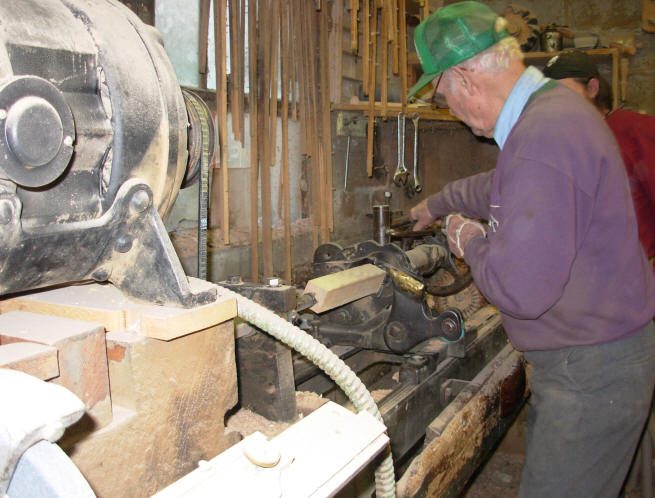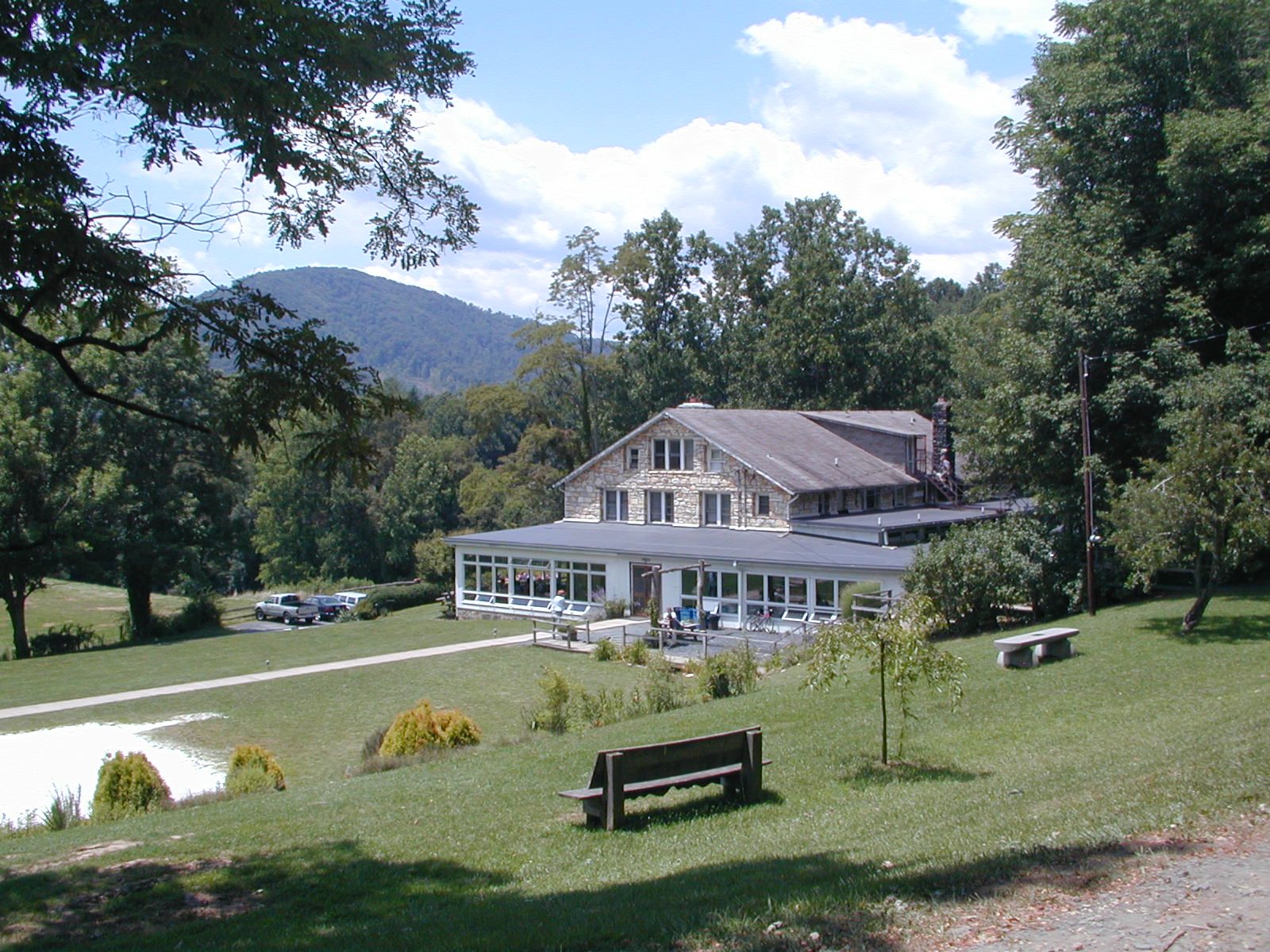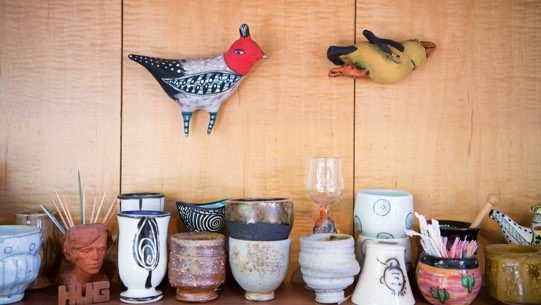
Chair-making magic passed down through generations
The Woody family started making handcrafted “mule-ear” chairs in Mitchell County in the 1800s. The chairs got that name because of the way the back posts of the chairs stick up–like ears on a mule. Back in the day when most everything was handcrafted, most everything was bartered as well. Arthur Woody took his chairs on an ox-drawn cart to Marion and Forest City to exchange for coffee and sugar. During the craft revival, a period when mountain crafts came to the attention of northern markets, Arthur Woody shipped chairs by Railway Express to cities like Boston.
Grandson Arvel Woody and his brother Walter entered the chair making business following World War II. Arval summed up the fine tradition of chair making in an oft-quoted sentence, “We get the tree in the forest, and when we finish it up, it’s in the living room.” With his workers, Wood harvests trees from the forest, cuts them on his own sawmill, and shapes them into heirloom chairs.
The Woody family uses local hardwoods, such as black walnut, wild cherry, maple, oak, and ash. These are fashioned into chairs using a greenwood method, in which no metal fasteners or glue are used. Chair posts air-dried, then driven together tightly, rounds interlocking while the wood is still green (uncured). As the posts dry, they shrink onto the rounds, clamping them tight. At Woody’s Chair Shop that traditional technique is still used today.
Woody’s Chairs have found their way into national collections. Their work is part of the American Craft Collection of the Smithsonian. Their chairs and the chair shop has been featured multiple times in National Geographic. Appalachian author Wilma Dykeman included their shop in her book, The French Broad. Arval Woody was named a North Carolina Living Treasure in 1995.
For more information, visit the website.









